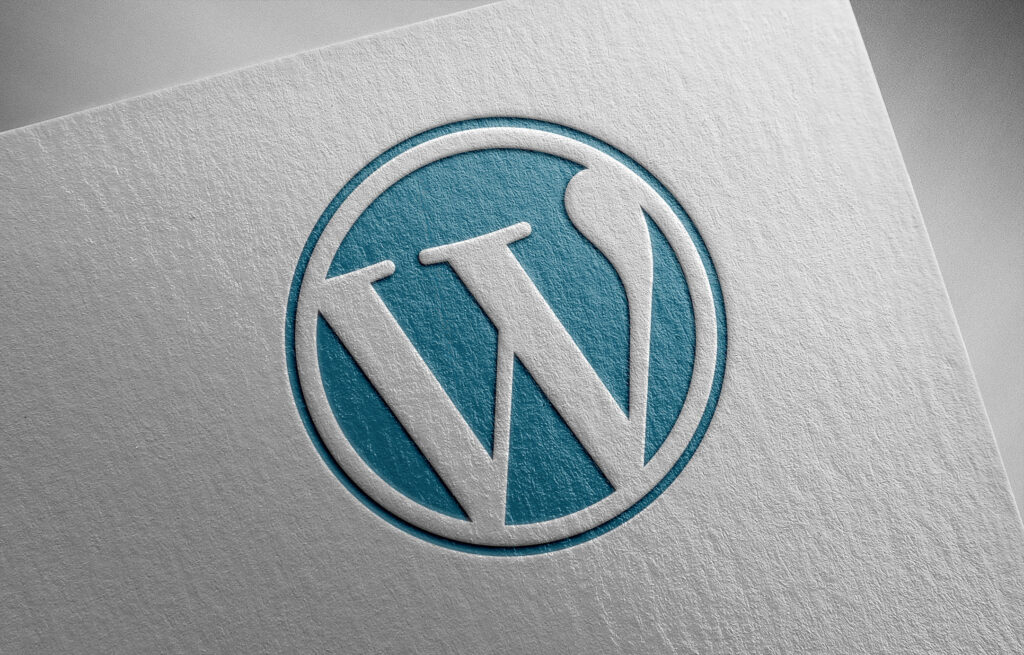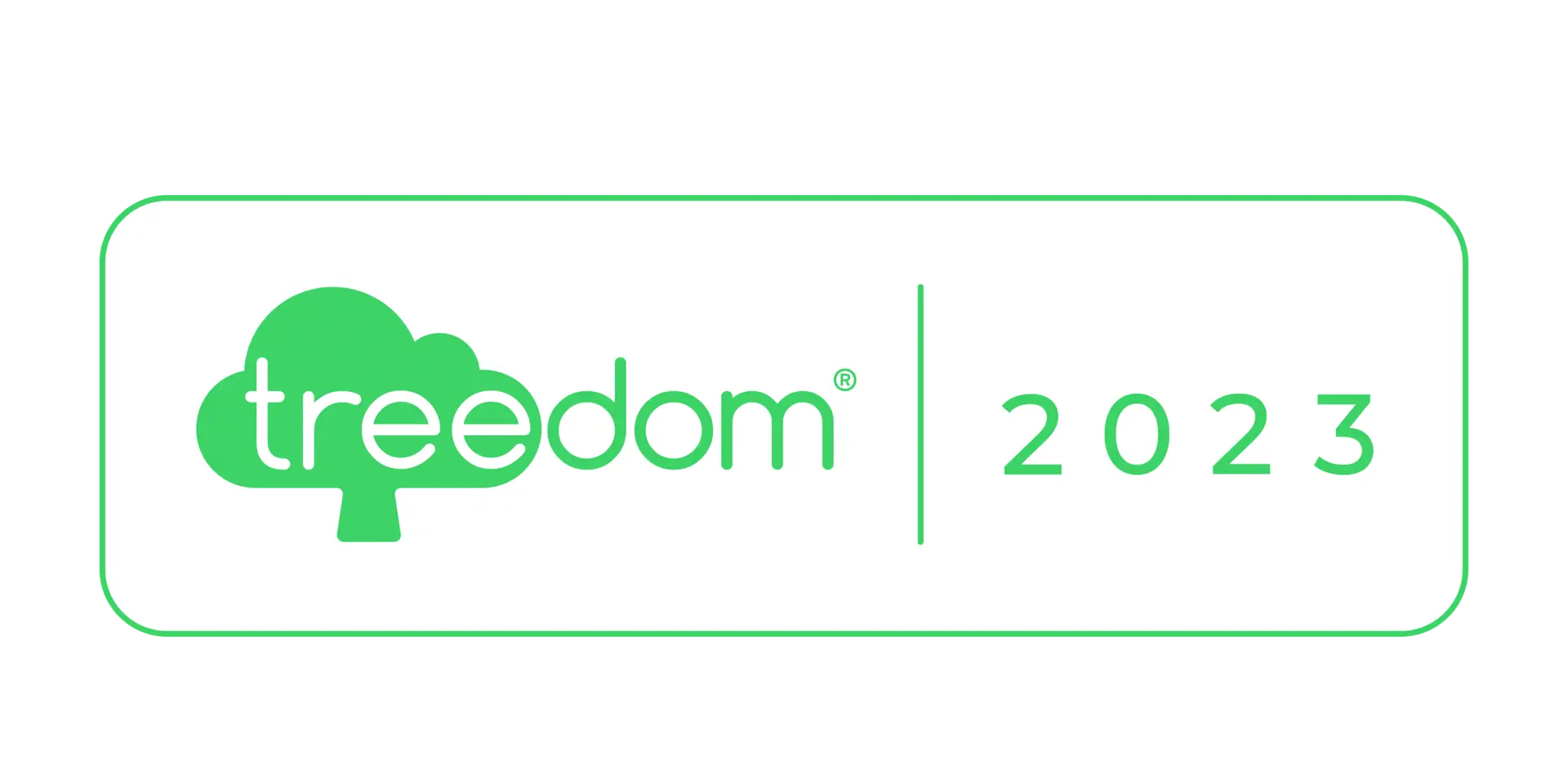Why is it important to speed up a WordPress site?
There loading speed of a site WordPress is a crucial factor in online success. A slow site not only penalizes the user experience, but can also negatively affect search engine rankings (SEO). Google, in fact, considers speed an important metric for ranking.
A fast site gets better:
- User experience: Reduced loading times keep users on the site longer.
- SEO: Search engines reward top-performing sites.
- Conversions: Quick sites increase the likelihood that users will complete an action, such as a purchase or sign-up.
In this guide we will look at practical tips for speeding up a WordPress site, optimizing every aspect from caching to hosting.
Choose a performance hosting
A quality hosting Is the basis for a fast WordPress site. If you use cheap hosting or hosting that is not optimized for WordPress, your site performance will suffer.
Characteristics of good hosting:
- WordPress-optimized servers: Such as those from SiteGround, Kinsta or WP Engine.
- SSD disks: Faster than traditional HDDs.
- Content Delivery Network (CDN): To distribute content globally and improve loading times.
- HTTP/2 support: A technology that speeds up data transfer.
Suggestion: If you have a site with a lot of traffic, consider managed hosting for WordPress. These services offer automatic updates, advanced security and high-performance servers.
Use a caching plugin
THE caching plugin reduce loading times by creating static versions of your site's pages. When a user visits the site, the server provides the static copy instead of reloading all the dynamic elements.
Best caching plugins for WordPress:
- WP Rocket: Easy to set up, it offers advanced features such as cache preloading and database optimization.
- W3 Total Cache: Ideal for experienced users, it offers advanced caching options for files, databases and browsers.
- LiteSpeed Cache: Great for those using LiteSpeed servers, with native integration and optimization options.
Suggestion: After installing a caching plugin, test the site to make sure all pages are working properly.
Optimizes images
High-resolution images can slow down the loading of the site. Optimizing images is essential to reduce page weight without compromising visual quality.
Strategies for optimization:
- Image compression: Use tools such as TinyPNG or Optimizilla to reduce the weight of images before uploading them.
- Optimization plugins:
- Smush: Automatically optimizes images uploaded to your site.
- ShortPixel: Supports lossless image compression.
- Imagify: It provides advanced compression options.
- Image format: It uses modern formats such as WebP, which ensure high quality and small size.
Suggestion: Resize images to the size needed for your site, avoiding unnecessarily large uploads.
Minimizes CSS, JavaScript and HTML
CSS, JavaScript and HTML files affect the loading time of the site. Minimize and combine these files reduces the overall size and number of requests to the server.
How to:
- Recommended plugins:
- Autoptimize: Minimize and combine CSS and JavaScript files easily.
- WP Rocket: It includes minimization as part of its advanced features.
- Avoid heavy plugins: Remove unused plugins or replace poorly optimized ones with lighter alternatives.
Suggestion: Before making changes, back up your site to avoid technical problems.
Implements a Content Delivery Network (CDN)
A CDN distributes your site content across a network of servers located in different geographic areas. This allows data to be served from the server closest to the user, greatly improving loading speed.
Recommended CDNs:
- Cloudflare: Free offer with basic functionality and premium options for advanced performance.
- KeyCDN: Easy to set up and with rates based on consumption.
- StackPath: Professional CDN with advanced security options.
Suggestion: Integrate the CDN with your hosting or caching plugin to maximize efficiency.
Test the speed of your site
To understand which areas to improve, it is critical to test the speed of the site. Specific tools provide you with detailed data on loading time and bottlenecks.
Tools for testing speed:
- Google PageSpeed Insights: Provides suggestions for improving speed on both desktop and mobile.
- GTmetrix: Analyzes site performance and offers a detailed report on files that slow down loading.
- Pingdom Tools: Evaluates site speed from different geographic locations.
Suggestion: Run regular tests to monitor performance, especially after adding new plugins or content.
Reduce the number of HTTP requests
Each element on the site, such as images, scripts or style sheets, requires an HTTP request to the server. Reducing these requests improves the overall speed.
How to:
- It combines CSS and JavaScript files: Use plugins such as Autoptimize or WP Rocket.
- Delete unused plugins: Remove unnecessary plugins to reduce requests to the server.
- Use local fonts: Avoid loading fonts from external sources (e.g., Google Fonts) and host them directly on your own server.
Optimizes the database
An unoptimized database can slow down site performance, especially for WordPress, which uses it to store posts, comments and settings.
Optimization tools:
- WP-Optimize: Automatically cleans the database by removing unnecessary data such as post revisions and spam comments.
- Advanced Database Cleaner: Provides advanced options for managing and optimizing the database.
Suggestion: Schedule regular cleaning of the database to keep it efficient.
A fast site is a winning site
Speeding up a WordPress site is not just a technical matter-it means delivering a better user experience, increasing conversions, and improving search engine rankings. By following the advice in this guide, you can optimize every aspect of your site and get tangible results.
Don't wait: test your site's speed today, implement improvements, and watch the benefits in performance and online success.


